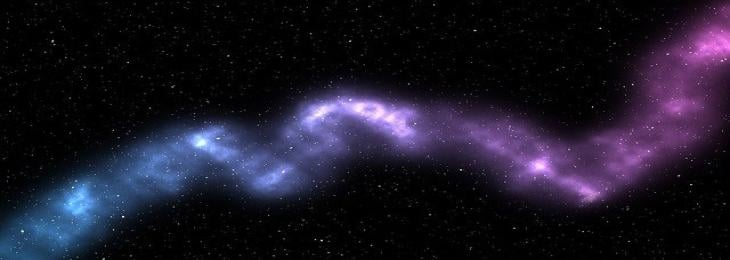
The stellar nursery known as 30 Doradus, which was photographed by NASA's James Webb Space Telescope, contains thousands of baby stars that have never previously been observed.
Astronomers interested in star formation have long favored the nebula known as the Tarantula Nebula because of the sight of its hazy strands in earlier telescope photographs. Webb also exposes newborn stars, far-off background galaxies, and the precise structure and makeup of the nebula's gas and dust.
The greatest and clearest star-forming area in the Star Cluster, the galaxies nearest to our Milky Way, and is situated about 161,000 light-years distant in the Large Magellanic Cloud galaxy, the Tarantula Nebula. The scientists' hottest and most massive stars are found there. Webb has three of his high-resolution infrared telescopes pointed at the Tarantula. The area seems to be the silk-lined inside of a tarantula that burrows, as seen by NIRCam. By blasting radiation from a collection of giant young stars that glow faint blue in the picture, the nebula's hole in the middle of the NIRCam photo has been scooped out. Only the nebula's densest outer regions are able to withstand erosion by the strong stellar winds of these stars, resulting in pillars that seem to refer back toward the cluster. Such pillars are home to developing protostars that will ultimately break free of their hazy cocoons and take turns sculpting the nebula.
The Tarantula Nebula's interesting section may be seen in more detail thanks to NIRSpec. The powerful tool was directed towards what seemed to be a little bubble feature in the image taken by NIRCam. The spectra, on the other hand, provide a totally different image of a newborn star creating a bubble in the gas around it. The star itself exhibits the blue mark of atomic hydrogen, but not the area immediately around it.






